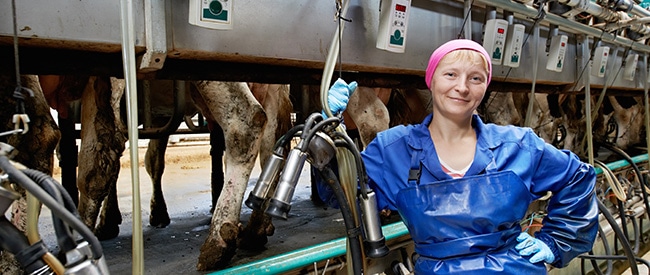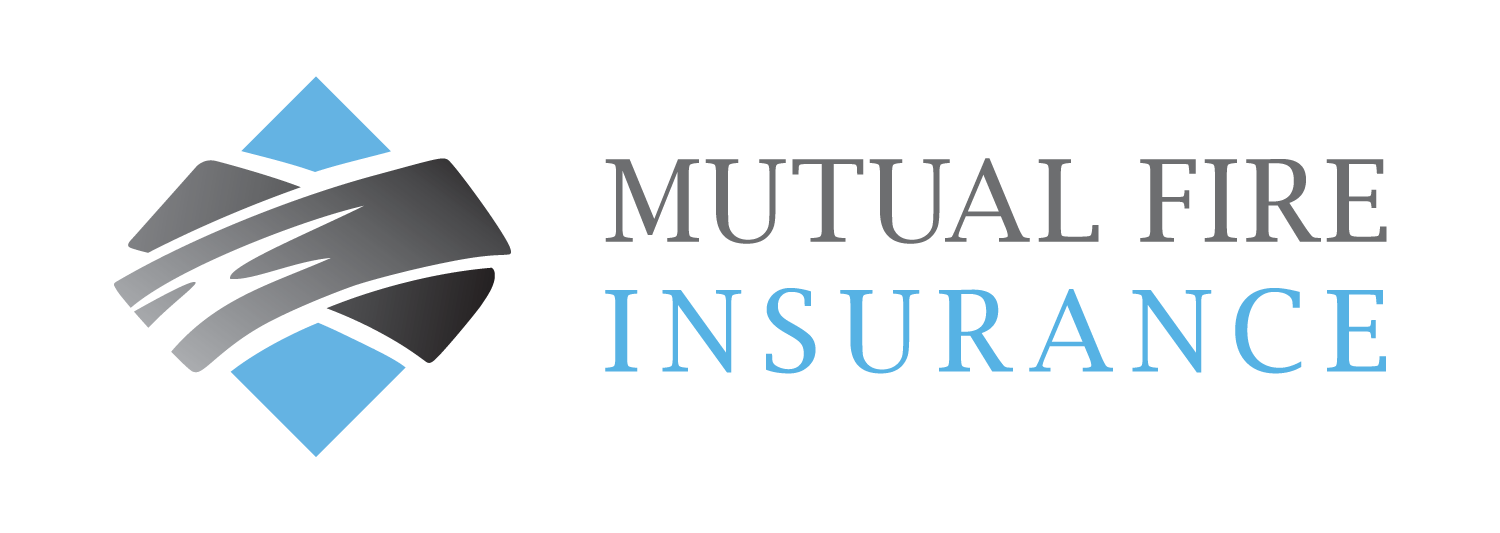Learn How Agricultural Business Interruption Can Support You on the Farm

Understanding the full scope of agricultural business interruption (BI) insurance can be a challenge for folks outside of the insurance industry. Business interruption coverage is complex; however, it is a helpful coverage to support farms during a loss, and understanding the concepts can help you in the event of a claim.
The most helpful aspect of agricultural business interruption insurance is providing financial compensation for loss of income and increased spending due to an insurable loss. In other words, BI insurance covers things like ongoing operating expenses, lost rental income, or costs to rent equipment and/or buildings which are separate from the costs associated to rebuild or repair your property.
Common Business Interruption Coverages
Here we break down a few common terms for agricultural business interruption and highlight how insurance coverage might respond in a claims scenario. Typically, only one coverage is selected for agricultural business interruption. The explanations below will help you understand the differences between each and, together with your insurance broker, you can decide which coverage best suits your needs.
Earnings
Earnings provides coverage for a loss of farm income and normal operating expenses. It may also include payroll for farm employees. Typically, Earnings will provide coverage until the property has been repaired or replaced i.e. coverage stops when your property is rebuilt and you have access to use it again. Some insurance companies will also include coverage for a loss in profit or expenses when you have been prohibited from your farming operations due to an order of civil authority e.g. mandatory wildfire evacuation.
Example
Picture this: a windstorm damages one of your broiler barns. The damage is covered; however, only three of the four barns are operational for the next production period. This means you have a smaller quota and subsequently less income than you would have had if no loss occurred. It will take 12 weeks to correct damages to the barn and sterilize it for a new flock.
Under Earnings coverage, an adjuster reviews what your farm income was before the loss and uses an industry standard calculation to determine your loss of profits during those 12 weeks. The coverage ends once your barn is repaired and you are able to bring in a new flock of broiler chicks.
Profits
Profits provides coverage for a loss of farm income and normal operating expenses. It may also include payroll for farm employees. Typically, profits will provide coverage until the farm operations and income are returned to the condition they were in immediately before the occurrence or until a specific period of time has passed (such as one year from the date of the loss). Some insurance companies will also include coverage for a loss in profit or expenses when you have been prohibited from your farming operations due to an order of civil authority.
Example
Picture this: a windstorm damages one of your broiler barns. The damage is covered; however, only three of the four barns are operational for the next production period. This means you have a smaller quota and subsequently less income than you would have had if no loss occurred. It will take 12 weeks to correct damages to the barn and sterilize it for a new flock.
Under Profits coverage, an adjuster reviews what your farm income was before the loss. After 12 weeks you take possession of the barn for the next production period; however, your quota remains smaller than it was. It means you are still not earning the same income as before the loss. With Profits coverage, you can receive loss of income payments until your operation returns to the condition it was before the loss.
Extra Expense
When an agricultural business interruption occurs, there are often additional expenses that come up in order to continue or resume typical farm operations. Extra Expense coverage pays for necessary costs that would not normally be incurred, such as professional fees, transport, and rental equipment, but are necessary to continue normal business operations. Some insurance companies will also include coverage for extra expenses when you have been prohibited from your farming operations due to an order of civil authority.
Example
Picture this: the manufacturing building on a berry farm experiences a severe power surge during a thunderstorm. All of the electronic processing equipment in the building is damaged—meaning thousands of pounds of fresh blueberries and raspberries cannot be graded and sorted. Extra expense is an expense that occurs to reduce the business interruption exposure (thereby limiting the interruption) or an expense that helps keep the business going. In this case, extra expense pays for the costs to transport the berries to a nearby manufacturing facility ensuring the harvest can be processed and sold in a timely manner.
Actual Loss Sustained
When you break down the words of Actual Loss Sustained (ALS), you can work out its meaning. Plainly, your coverage is calculated from the actual financial loss on your farm due to an insurable interruption of business. This coverage usually has a higher premium because it is not tied to a limit of insurance. Generally, coverage ends when the farm operation and earnings return to the same condition they were in before the loss or until a specific period of time has passed (such as one year from the date of the loss).
Example
Picture this: a small fire occurs in the milk parlour of a dairy farm damaging the milking equipment. Repairs to the machinery are expected to take one month. ALS coverage responds to cover the financial loss you experienced: your insurance company pays for the wages of your six milking staff members; the loss of income due to the spoiled milk in the cooling tank; and the extra expenses to milk all of the cows in your herd. You continue to receive support four months after repairs are completed to your milking parlour until you resume the same earnings as before the fire.
Rental Income
Simply, rental income is an agricultural business interruption coverage that pays for the loss of rental income when a rented home or building on your farm is damaged by an insured peril.
Example
Picture this: a house on your property was rented by a small family for $1,400 per month. A fire damages the house and the family must move out while the home is repaired. Rental Income coverage will respond to pay the rental income you anticipated receiving from your renters until the home is ready for occupancy in six months.
Ask a Broker
Chat with your insurance broker to so see how these coverages may be suited to your farm operations. As always, read your insurance wordings to understand exactly what is covered, the limits of your insurance, and how your insurance company might reimburse you in the event of a loss.

